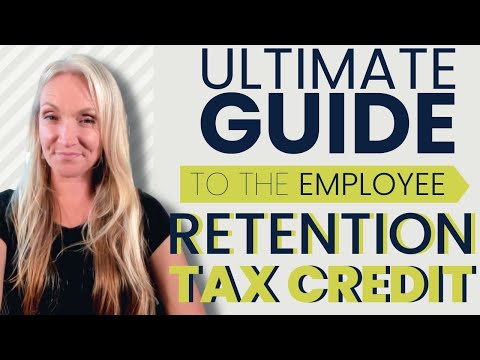The tax credit for employee retention can be a valuable tool that businesses can use to help retain their employees through difficult economic times. It was created by the Coronavirus Aid, Relief created this tax credit, which is refundable, in addition to the Economic Security (CARES) Act in 2020 and is designed for employers to ensure that they keep their employees on the payroll, regardless of the financial strains due to the COVID-19 pandemic. The employee retention tax credit is available to businesses regardless of size, including those who are self-employed or have fewer than 500 employees.
The tax credit for retention of employees provides a refundable tax credit that can be the amount of up to 50 percent the wages paid by an employer who is eligible its employees during the time beginning at March 12, 2020, until December 31st, 2021. The maximum amount of the credit is $5,000 per employee per year. Credit is available for employers regardless of whether they've suffered a complete or temporary suspension their business operations as a result of the COVID-19 pandemic.
The aim of this article is to give an explanation of employee retention tax credit, and the things employers must be aware of in order to benefit from it. We will discuss eligibility criteria, how the credit works, and how to claim the tax credit. We will also offer guidelines for employers on how to maximize their tax credit for retention of employees.
In conclusion, the retention tax credit is an effective option for employers in helping retain their employees in tough economic times. The tax credit is accessible to all employers and offers a tax credit for up to 50 percent of the wages that an eligible employer pay its employees. Employers must take the time to know the eligibility requirements, how the credit works and the best way to use it in order to maximize the tax credit for retention of employees. By making use of the tax credit, employers are able to help ensure their business's financial stability as well as the continued employment of their employees.
Additionally, employers must seek advice from their tax advisors to make sure they're making the most of the employee retention tax credit and other relief programs. It is important to note that the CARES Act provides a number of other relief programs that go beyond the tax credit to retain employees including The Paycheck Protection Program and Economic Injury Disaster Loans. By taking advantage of all of the relief programs offered, employers can help ensure the financial stability of their companies and also ensure their employees' job.

















